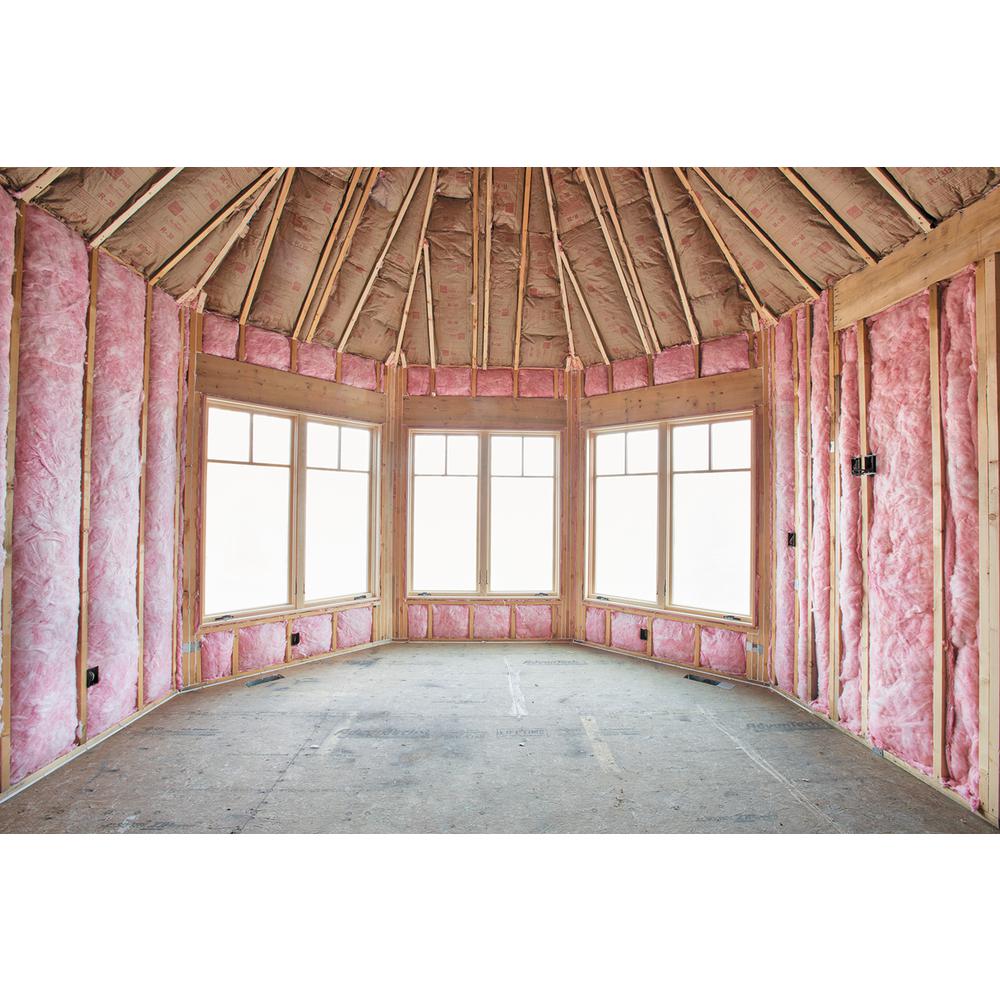Vapor Transmission Through Ceiling To Attic

Floor insulation can also help with sound transmission so it can make sense to use it even between two conditioned spaces.
Vapor transmission through ceiling to attic. The heat loss from the house warmed the attic sufficiently to allow attic ventilation to remove moisture from the attic. The vapor barrier is always installed facing the heated side of the wall or ceiling because that s where the moisture is coming from. The intent of this brief is to provide code related information about controlling moisture in unvented attics by installing a vapor diffusion port vent that would convey water vapor from an unvented attic to the outside when air permeable insulation materials are installed and can be verified as being in compliance with the related codes and standards for residential construction. For instance the building code s ratio of one square foot of open ventilation area to 300 square feet of attic square footage assumes a vapor barrier is installed between the ceiling and the attic space to retard the migration of moisture vapor into the attic.
That is a new one on me. Thus installing vapor barriers on wall surfaces must. So compared to that hot humid attic the vapor pressure at the other side of the foam is a factor of six higher. Thanks for some very informative posts by all.
If it is and you plan to provide heating and cooling to the finished attic space you need to remove. Cathedral flat and hip roof ceilings with vapor retarders need a vent area of 1 sq. Insulation and exit the attic through the roof vents. So it certainly makes sense that that vapor would rapidly diffuse through the foam and make the attic even more humid once the sun hits the roof deck.
The science of moisture movement. Standard batts and high performance batts can be used under floors. Determine where vents will be located. Multiply by the appropriate factor from table 1 below to learn the total gross vent area needed.
When insulating floors over unheated basements or crawl spaces faced products should be used and vapor retarders should face heated areas and be in. Lastly i am curious about the recommendation on your blog to reverse the ceiling fans to decrease the radiant heat transmitted from the attic through the ceiling. Divide this number by either 150 no vapor retarder or by 300 vapor retarder in place.
















































